Home>Ideas and Tips>Upgrading Your Home’s Electrical System: DIY Safety Tips
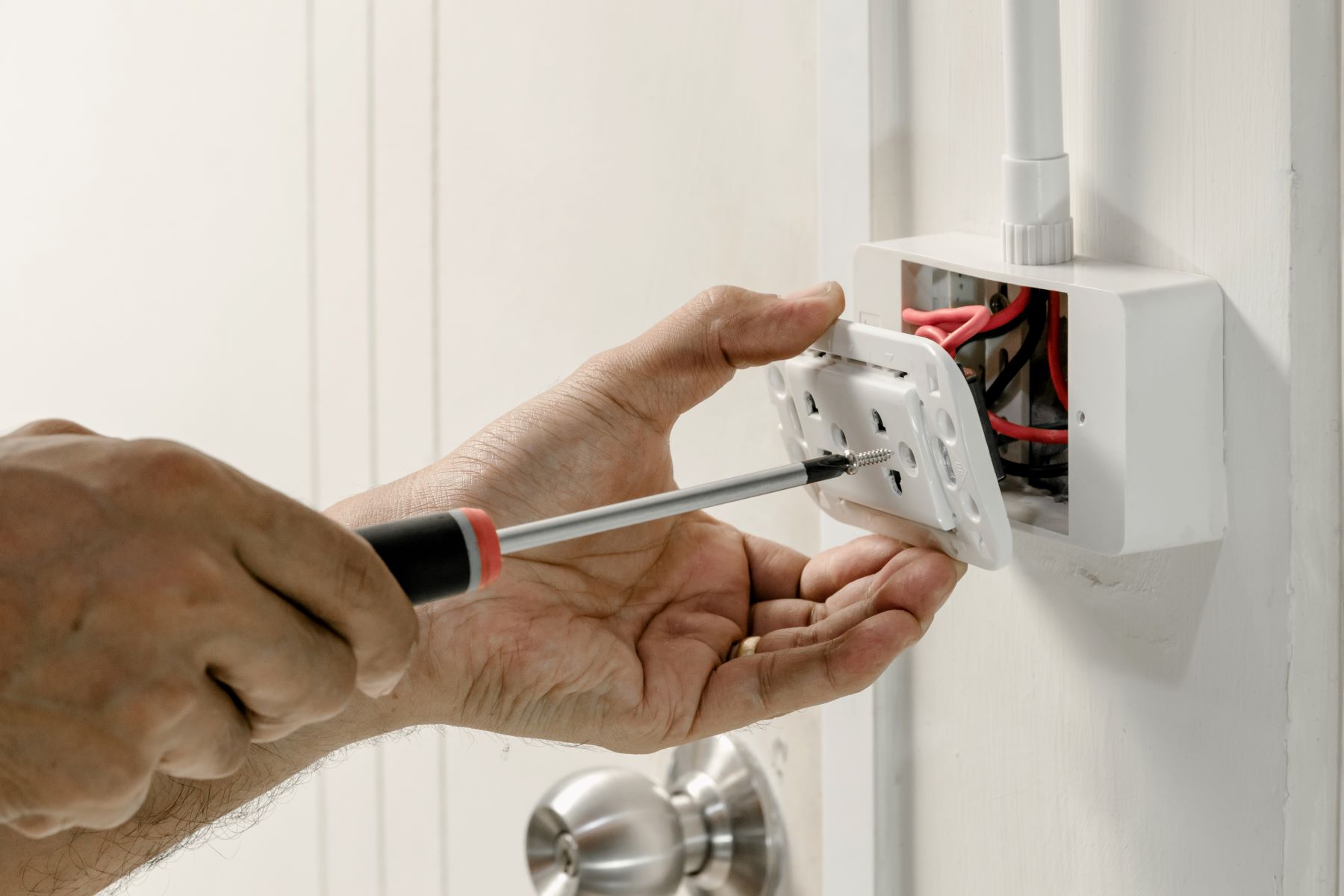

Ideas and Tips
Upgrading Your Home’s Electrical System: DIY Safety Tips
Published: August 31, 2024
Learn essential DIY safety tips for upgrading your home's electrical system. Ensure safety, efficiency, and compliance with our comprehensive guide.
(Many of the links in this article redirect to a specific reviewed product. Your purchase of these products through affiliate links helps to generate commission for Storables.com, at no extra cost. Learn more)
Upgrading your home's electrical system can be a daunting task, especially if you're not familiar with electrical work. However, understanding the process and taking necessary safety precautions can make it manageable. In this article, we will guide you through the steps involved in upgrading your home's electrical system, highlighting both DIY and professional options, and emphasizing the importance of safety.
Identifying the Need for an Upgrade
Before diving into the upgrade process, it's crucial to identify whether your home's electrical system needs an upgrade. Here are some signs that might indicate the need for an upgrade:
- Frequent Tripping of Circuit Breakers: If your circuit breakers trip frequently, it could be a sign that your electrical system is overloaded and cannot handle the current electrical load.
- Buzzing Noises from Outlets: Buzzing or crackling sounds from switches or outlets can indicate damaged wiring.
- Flickering Lights: Flickering lights can be a sign of wiring problems.
- Outdated or Insufficient Outlets: Older homes often have fewer outlets, which may necessitate additional outlets to accommodate modern appliances.
- Dimming Lights When Using Appliances: If your lights dim when you use appliances, it could signal wiring issues.
- Signs of Electrical Sparks or Burning Smells: These are alarming signs that require immediate attention, as they could signal a fire hazard.
Understanding Your Current Electrical System
Before looking at upgrades, take the time to understand your current electrical system. The capacity of your system, the state of your wiring, and the condition of your outlets are all factors that will influence your upgrade decision. Here are some key points to consider:
- Age of Your Home: If your home is more than 40 years old, safety is a significant concern with your electrical system. Older homes were often designed to handle lower electrical loads, which may not be sufficient for modern appliances and devices.
- Type of Wiring: Different types of wiring have different characteristics. For example:
- Knob and Tube Wiring: This type of wiring is older and typically found in homes built before the 1940s. It cannot handle the electrical needs of today's families and often has insulation issues and is not grounded.
- Aluminum Wiring: If your home was built in the 1960s or 1970s, it might have aluminum wiring. This type of wiring can easily corrode, which can cause fires.
- Copper Wiring: Copper wiring is the most common type used today and is more durable than knob and tube or aluminum wiring. It can last 100 years or more.
Evaluating Your Electrical System
Evaluating your existing system involves several factors:
- Capacity of Your System: Assess whether your electrical panel can handle the current and future electrical loads.
- State of Your Wiring: Check for signs of wear, damage, or corrosion in your wiring.
- Condition of Outlets: Ensure that your outlets are in good condition and can handle the power requirements of your appliances.
Choosing Between DIY and Professional Upgrades
Choosing between DIY and professional installation largely depends on your familiarity with electrical work, the scope of the upgrade, and safety concerns. Here are some guidelines:
DIY Upgrades
- Simple Tasks: Replacing outlets, switches, or light fixtures can be DIY projects for those well-versed in electrical work.
- Safety Precautions: Always turn off the power to the area you'll be working on, use insulated tools, wear protective gear, and avoid working in wet or damp conditions.
- Limitations: Avoid overloading circuits and ensure that you don't exceed the electrical load limits for your circuits. Tasks like replacing circuit breakers or rewiring your house should be left to professionals.
Read more: Upgrading Your Bedroom Storage DIY Solutions
Professional Upgrades
- Complex Tasks: Replacing your electrical panel, rewiring your home, or adding dedicated circuits to large appliances should ideally be handled by professionals.
- Safety Assurance: Professional electricians have the knowledge and experience to handle complex projects safely and efficiently.
- Cost Consideration: While professional upgrades come with higher costs, they ensure long-term safety and efficient power utilization.
The Upgrade Process
The process of upgrading an electrical system depends on the complexity of the upgrade. Here are some steps involved:
-
Assessing Your Electrical Panel:
- Upgrading your panel will increase the amount of power you can bring into your home from your utility provider.
- Replacing old circuit breakers inside your existing panel that are antiquated, damaged, or unsafe is also crucial.
- If you opt not to upgrade the entire electrical panel, ensure that any new additions meet modern safety standards.
-
Adding Dedicated Circuits:
- Create and control zones within your home to better distribute your power load.
- Add dedicated circuits to large appliances such as refrigerators and air conditioning units.
-
Improving Power Distribution:
- Ensure that electricity is distributed evenly throughout your home.
- Use ground fault circuit interrupters (GFCIs) to prevent electrical accidents when working near water sources.
-
Safety Precautions:
- Always turn off the power to the area you'll be working on using a circuit tester.
- Wear protective gear such as safety goggles, insulated gloves, and non-conductive footwear.
- Use insulated tools specifically designed for electrical work to minimize the risk of electric shocks.
-
Proper Wiring Techniques:
- Practice proper wiring techniques to ensure secure and reliable connections.
- Strip wire insulation carefully and evenly, and tightly secure connections using appropriate wire connectors or terminals.
-
Avoiding Overloads:
- Avoid overloading circuits by distributing the electrical load evenly.
- Learn about the electrical load limits for your circuits and ensure that you don't exceed them when adding new outlets or appliances.
Safety Tips for DIY Homeowners
If you decide to tackle electrical projects yourself, here are some essential safety tips:
-
Educate Yourself:
- Before starting any electrical project, educate yourself about electrical systems, wiring, and safety protocols.
- Read instructional books, watch reputable tutorials, or consider attending a local workshop or training session.
-
Turn Off the Power:
- Always turn off the power to the area you'll be working on.
- Locate the correct circuit breaker in your electrical panel and turn it off.
- Use a circuit tester to double-check that the power is indeed off before proceeding.
-
Use Proper Tools and Equipment:
- Ensure that you have the appropriate tools and equipment for the electrical project you're undertaking.
- Invest in insulated tools specifically designed for electrical work to minimize the risk of electric shocks.
- Inspect your tools regularly for any signs of wear or damage and replace them if needed.
-
Wear Protective Gear:
- Protect yourself by wearing appropriate personal protective equipment (PPE) when working with electricity.
- This includes safety goggles, insulated gloves, and non-conductive footwear.
-
Avoid Water and Moisture:
- Never work on electrical projects in wet or damp conditions.
- Water is a conductor of electricity and can increase the likelihood of electrical shocks or short circuits.
-
Practice Proper Wiring Techniques:
- When working with electrical wiring, practice proper techniques to ensure secure and reliable connections.
- Strip wire insulation carefully and evenly, and tightly secure connections using appropriate wire connectors or terminals.
-
Don't Overload Circuits:
- Avoid overloading circuits by distributing the electrical load evenly.
- Each circuit has a specific capacity, and exceeding it can cause overheating and potentially start a fire.
-
Seek Professional Help When Needed:
- While many electrical projects can be tackled by homeowners, it's important to recognize your limitations.
- If you're unsure or uncomfortable with a specific electrical task, it's best to seek professional help.
-
Keep a Fire Extinguisher Nearby:
- Have a fire extinguisher readily available in your home, especially in areas where electrical work is being performed.
- Ensure that it's properly maintained and easily accessible.
-
Practice Caution and Patience:
- Always approach electrical projects with caution and patience.
- Rushing or taking shortcuts increases the risk of accidents.
- Take your time, double-check your work, and never compromise safety for the sake of expediency.
Why Upgrade Your Home's Electrical System?
Upgrading your home's electrical system is important for several reasons:
- Safety: Old wiring can be a significant safety hazard, leading to electrical fires and shocks.
- Efficiency: Modern electrical systems are designed to handle the increased power requirements of modern appliances and devices.
- Compliance: Upgrading ensures that your electrical system meets present electrical codes and regulations.
- Resale Value: Upgrading your electrical system can increase the resale value of your home.
Types of Electrical Upgrades and Their Costs
The cost of electrical upgrades can vary widely depending on the scope of the project and the complexity involved. Here are some common types of upgrades:
- Replacing Circuit Breakers: Replacing old circuit breakers with new ones can be a simple task but should be done by a professional if you're unsure.
- Rewiring Your Home: Rewiring your entire home is a more complex task that should only be undertaken by a qualified electrician.
- Adding Dedicated Circuits: Adding dedicated circuits for large appliances like refrigerators and air conditioning units can improve power distribution and safety.
- Panel Rejuvenation: If your electrical panel is malfunctioning or not working at its best, you might need a panel rejuvenation rather than a full replacement.
Conclusion
Upgrading your home's electrical system can be daunting, but understanding the process and taking necessary safety precautions can make it manageable. Whether you choose to tackle DIY projects or seek professional help, always prioritize safety and ensure that all changes meet present electrical codes. Remember, dealing with electricity can be dangerous, so if unsure about any step, seek professional advice and assistance from certified electricians.
By following these guidelines and tips, you can ensure that your home's electrical system is safe, efficient, and well-maintained for years to come.
Was this page helpful?
At Storables.com, we guarantee accurate and reliable information. Our content, validated by Expert Board Contributors, is crafted following stringent Editorial Policies. We're committed to providing you with well-researched, expert-backed insights for all your informational needs.


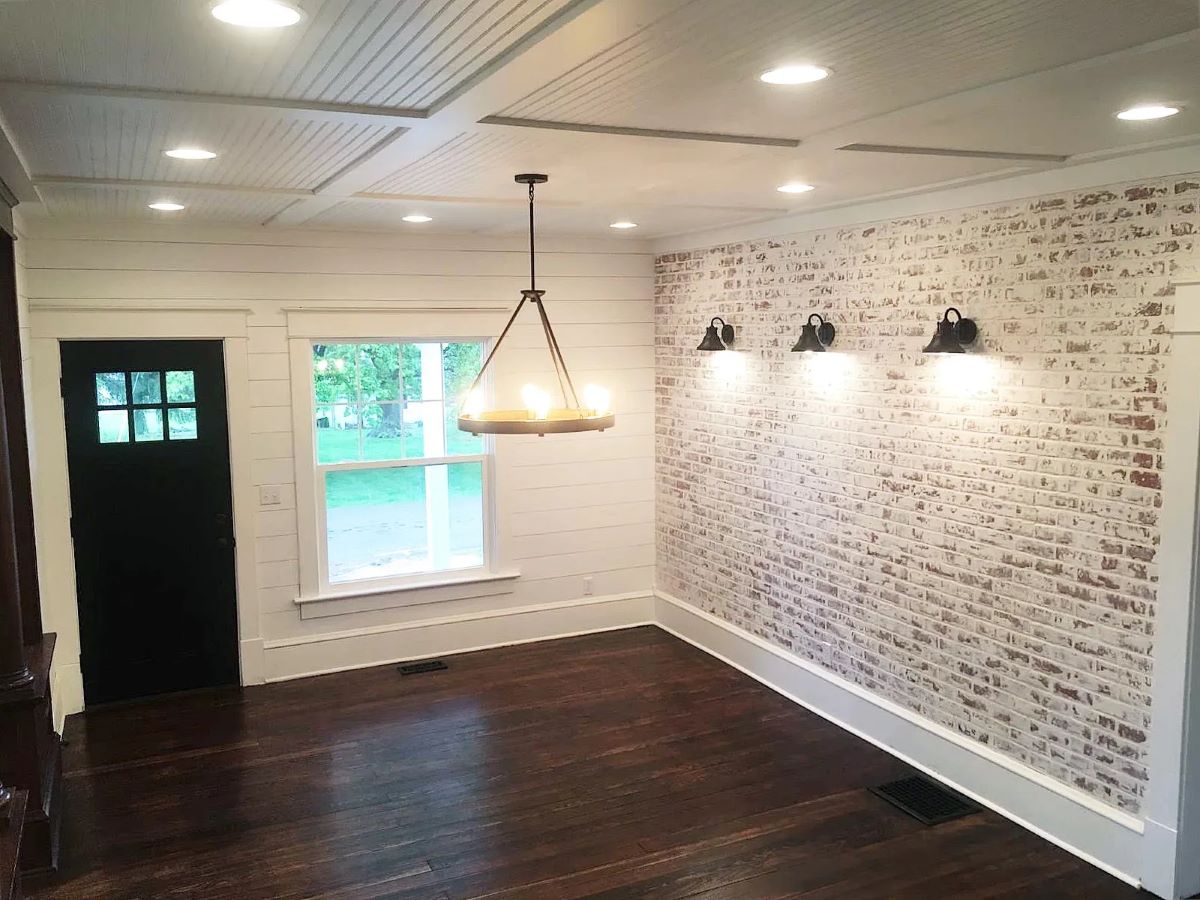
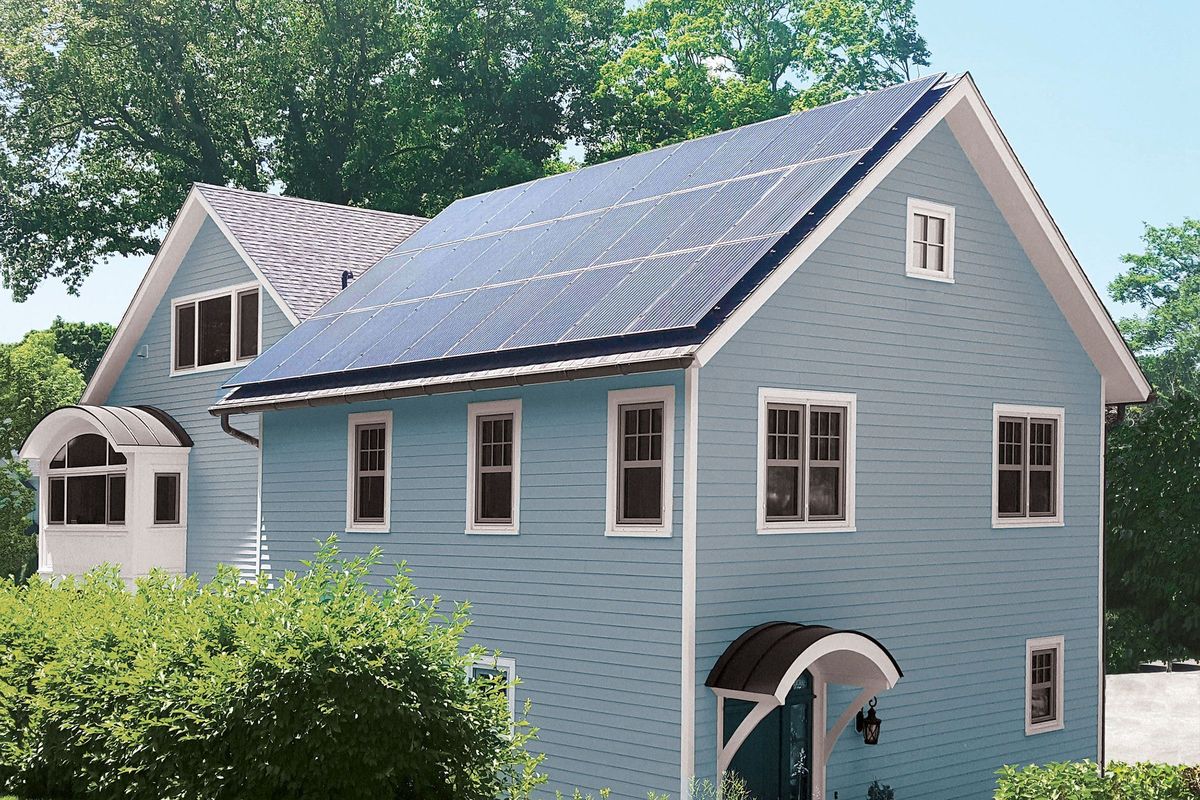





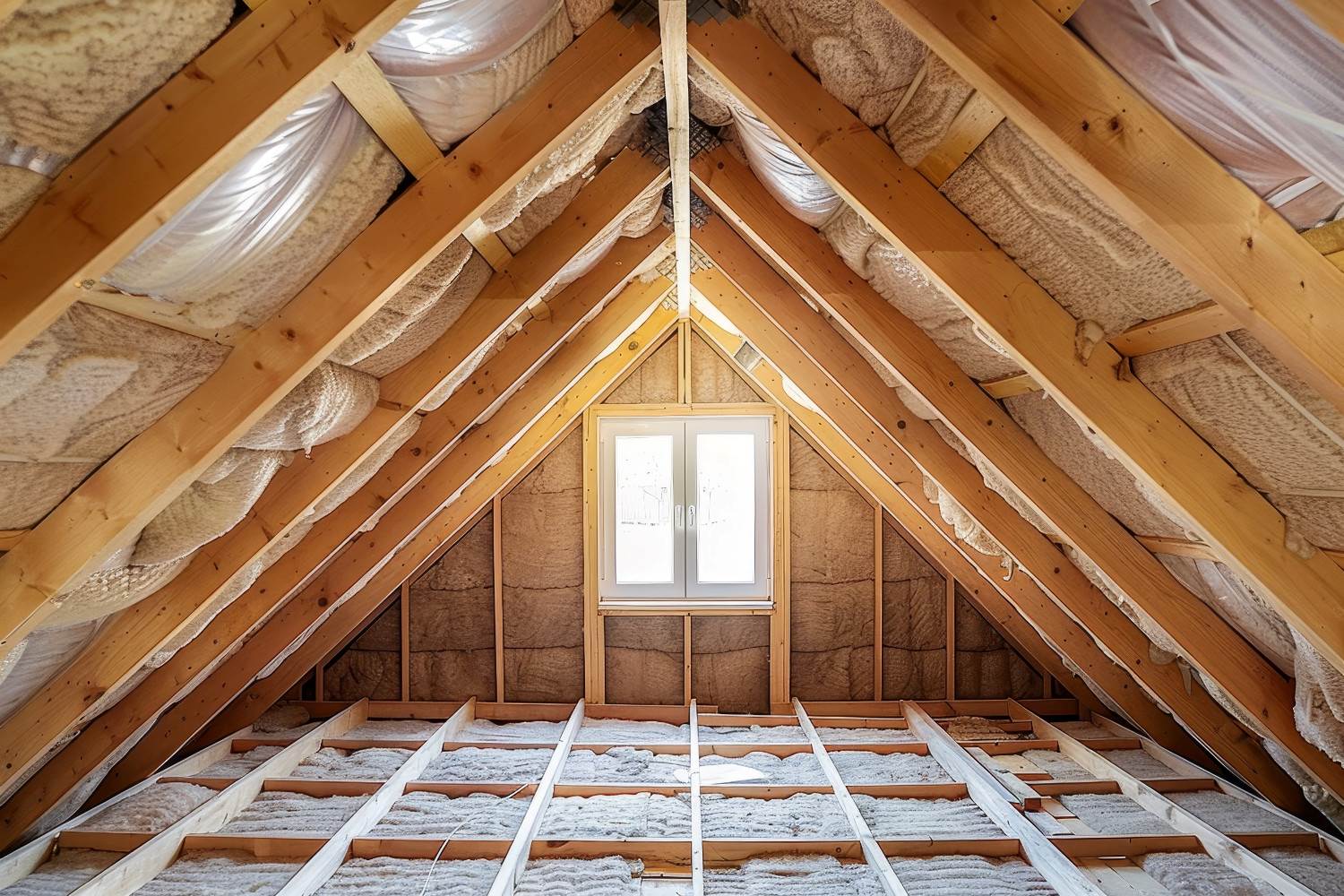
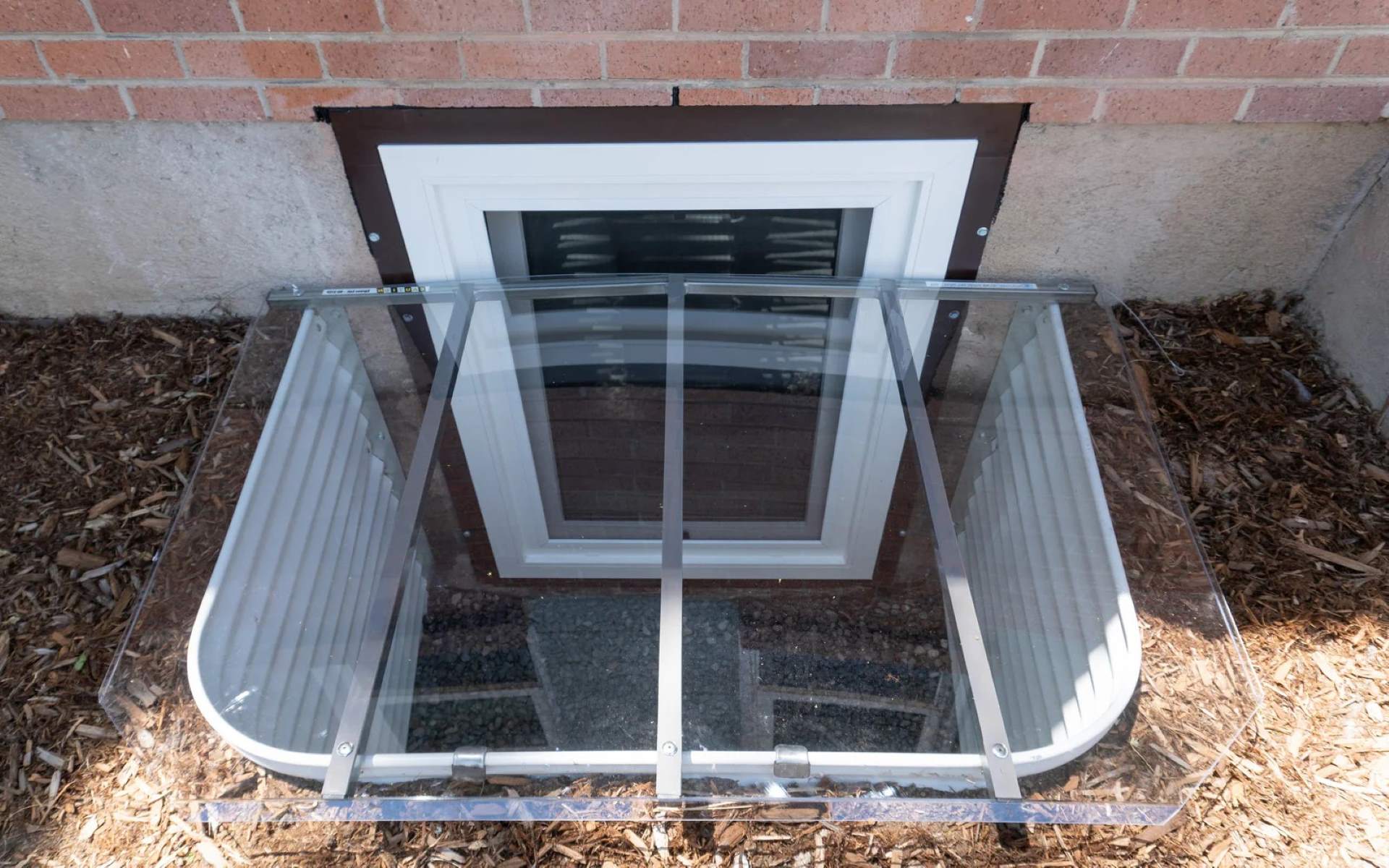



0 thoughts on “Upgrading Your Home’s Electrical System: DIY Safety Tips”